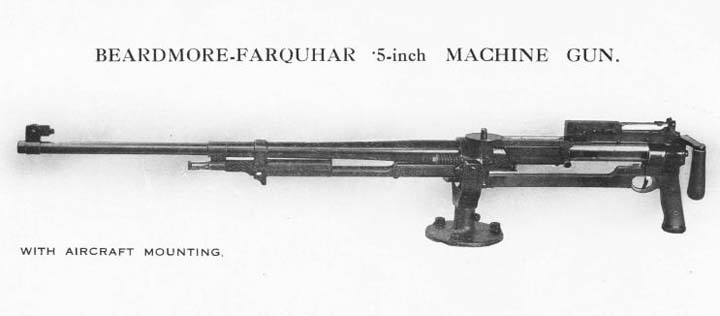View attachment 309347
I plumped for three pipes as there was a lot of trunking to port to reach the edge of the deck area. The scissor lifts on the centreline fore and aft of the hanger will probably need up rating for heavier aircraft. This is the only good use I can see for the orphan calibre heavy cruisers. At present their capacity is for a fully armed Stringbag with 18 aircraft aboard in 2 squadrons. They will be hunting raiders in the Atlantic Ocean. I have a big question mark over when such a refit could have been applied across the class from the OTL experiment taken further.
Regarding when? I would suggest that when the British learn of the Deutschland Class being laid down they conclude that such a ship has but one purpose and that is to out run a battleship and to outfight a Cruiser while commerce raiding.
This causes some vexation as it was felt that there was never enough cruisers in the RN to properly patrol the sea lanes against raiders and a single British Cruiser could not hope to match these new "Pocket Battleships" and this would further stretch the RNs resources and possibly demand Battlecruisers to patrol secondary theatres such as the Indian Ocean and Southern Atlantic / West Africa Coast.
So the idea is raised to refit the remaining 3 Hawkins class Crusiers as 'Commerce protection Carriers' with the idea that a single ship with a dozen plus, scouts/Torpedo bombers can cover a far greater area than a single Cruiser and that teh cost of the conversions would be far less than the cost of an additional Cruiser.
I seem to recall that Cavendish/Vindictive had been chopped and changed several times and may not have been suitable for such modification at this time.
So I would guess 1930-36 as the scope of the new German navy takes shape.
